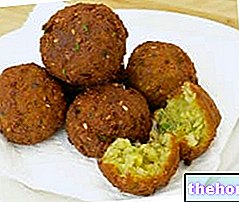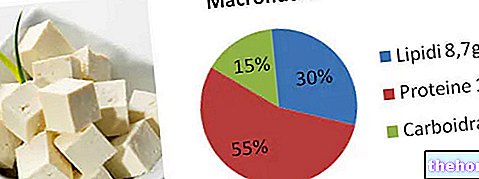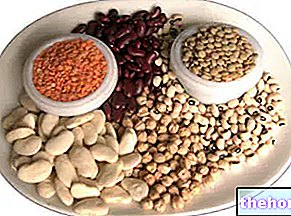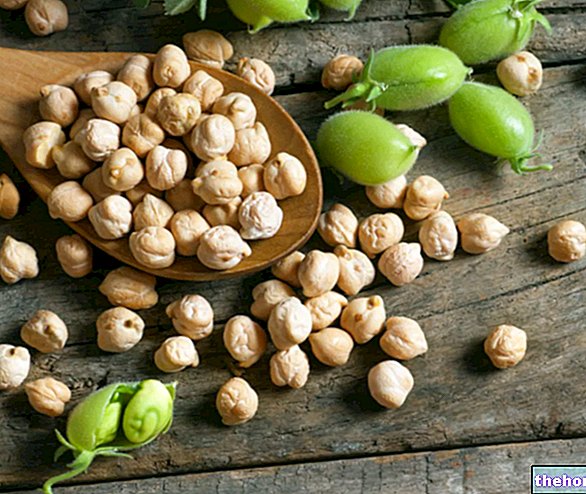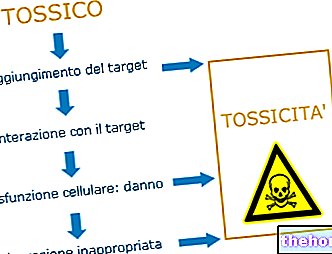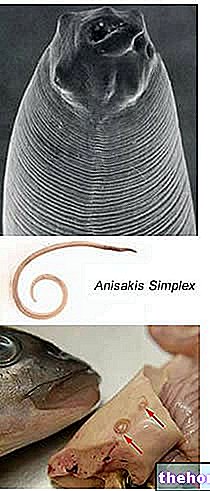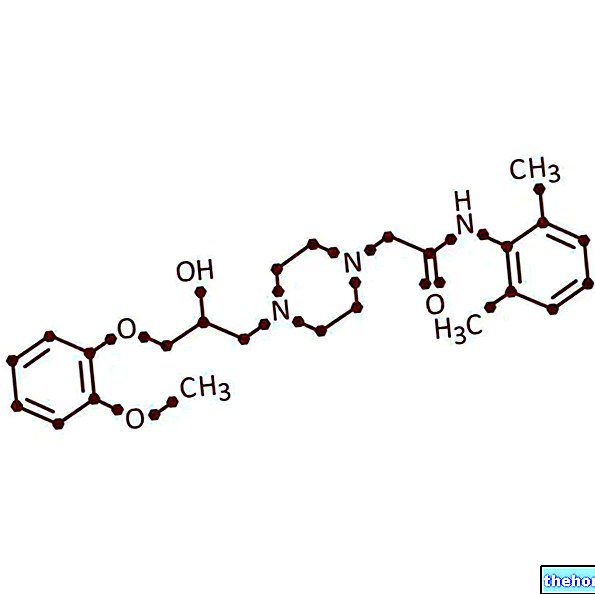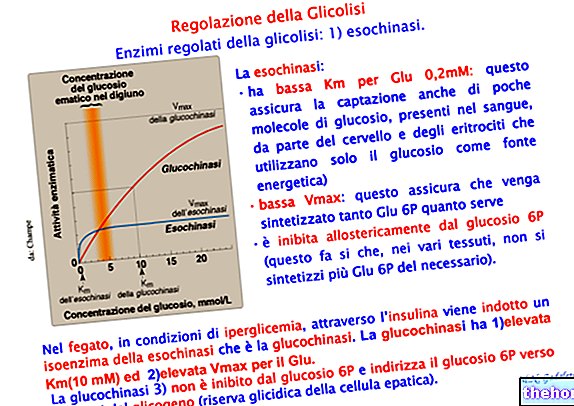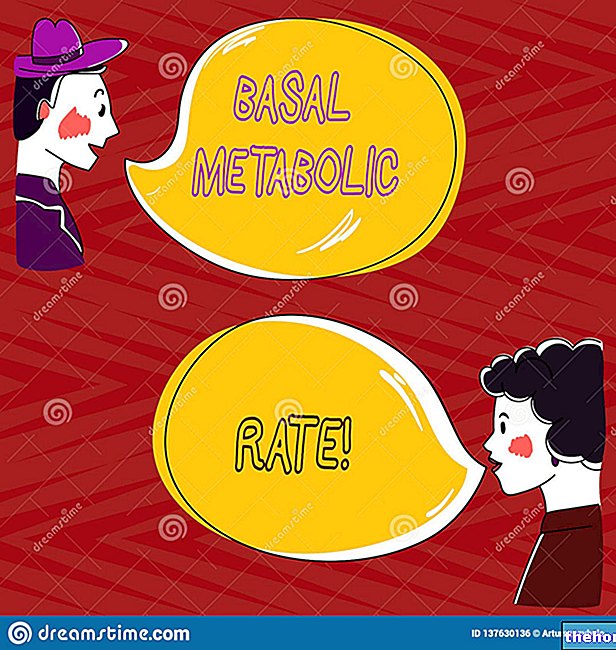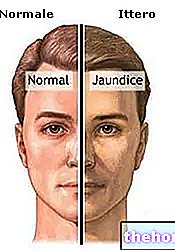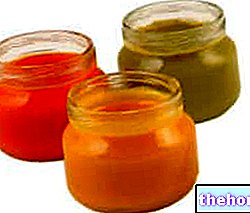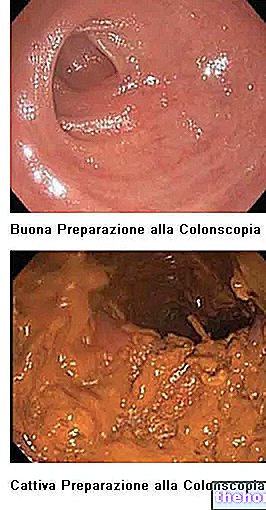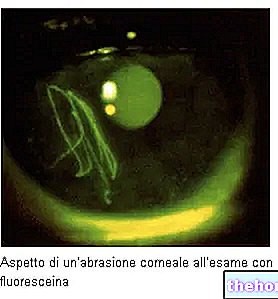Red lentils are edible seeds that belong to the IV fundamental group of foods.

Rich in starch and fiber, these foods also help provide significant levels of specific vitamins and minerals, as well as antioxidants and lecithins.
Red lentils are a variety of lentils. Like all the others, they too contain a starchy endosperm and a germ, wrapped in external fibrous (cortical) integuments.
The red lentils are cooked in a pot for boiling or poaching, in cold water, possibly corrected for stewing, letting the excess liquid evaporate. Unlike most dried legumes, they do not require soaking. In the cuisine of South Asia, peeled lentils (without the cortical portion) are accompanied by rice or rotis (local bread). They are widely consumed in all regions of India, Sri Lanka, Pakistan, Bangladesh and Nepal. Most of the world's lentil production comes from Canada, India and Australia.
From the Fabaceae family (legumes or legumes), red lentils belong to the genus Lens and species culinaris; another botanical synonym of lentil is Lens esculenta.
Lentils (not really red ones) are also typical Italian foods, despite their geographical origin (Indochina) is far from the peninsula. Lentils are a bushy herbaceous plant with an annual cycle, about 40 cm tall, which produces pods containing the respective seeds (generally two per capsule).
. However, it must be considered that cooked, even without excess water, can triple in volume, reducing their energy density by 66%. Moreover, stewed and liquid consistency (with a little broth), they can boast up to 1/4 of the initial caloric intake.The energy supplied by red lentils is covered above all by carbohydrates, followed by proteins with a medium biological value and finally by traces of lipids with an excellent metabolic impact. Carbohydrates are fundamentally complex, that is starch, while peptides have an incomplete profile of essential amino acids. ; this means that they do not contain (in the right proportions) all the "bricks" typical of human proteins. Finally, fatty acids have a prevalence of polyunsaturated chains, among which the essential omega 3 and omega 6 also appear, in their respective forms of alpha-linolenic acid (ALA) and linoleic (AL) Other lipids and lipid complexes of red lentils are phytosterols and lecithins.
Red lentils have a high content of both soluble and insoluble fiber. The endosperm (starchy portion, ie what remains in the peeled lentils) also contains both but, unlike the external integuments, it is richer in soluble molecules.
The vitamin profile of red lentils is virtuous. Above all, water-soluble molecules belonging to group B abound, such as: folic acid, thiamine or vit B1 and pyridoxine or vit B6; however, riboflavin or vit B2 and niacin or vit PP are also more than relevant. Even the salt content does not disappoint; red lentils are very rich in iron, although not very bioavailable, in phosphorus, zinc and potassium.
Red lentils are totally free of gluten, adverse for celiacs, lactose and histamine, two other nutritional factors potentially involved in the intolerances of hypersensitive subjects. The content of purines, factors of nucleic acids, is considerable.
Note: hulled red lentils contain fewer anti-nutritional factors (especially phytic acid, oxalic acid) than those with the peel.

Red Lentils, Peeled
Nutritional values per 100 g
Total carbohydrates
59.15 g
Starch
204.0µg
0.0µg
0.0µg
0.00 mg
-µg
Magnesium
However, it should be specified that it is not a food with negligible energy and glycemic load. In case of obesity, the portion of red lentils must necessarily be adequate for the slimming therapeutic goal. The same applies to diabetic diseases (type 2 mellitus) and hypertriglyceridemic diseases in which, while appreciating the low glycemic index (favored by the "abundance of fibers and proteins), it is advisable to decrease the average portion and the relative total glycemic load.
We have specified that the proteins of red lentils are of medium biological value. This means that, on their own, they are not sufficient to fill the human being's need for essential amino acids. It is therefore necessary to compensate them by introducing proteins of high biological value from animal sources (eggs, meat, fish) or in any case peptides containing the limiting amino acids. red lentils (especially methionine) For vegetarians and vegans, an excellent way to compensate for the biological value of red lentils is to combine or alternate them with cereals.
Thanks to the content of essential omega 3 and omega 6 polyunsaturated fatty acids (ALA and AL), phytosterols and lecithins, red lentils have a beneficial impact on the pathologies of: hypercholesterolemia, arterial hypertension, hypertriglyceridemia and complications of type 2 diabetes mellitus not properly compensated .

